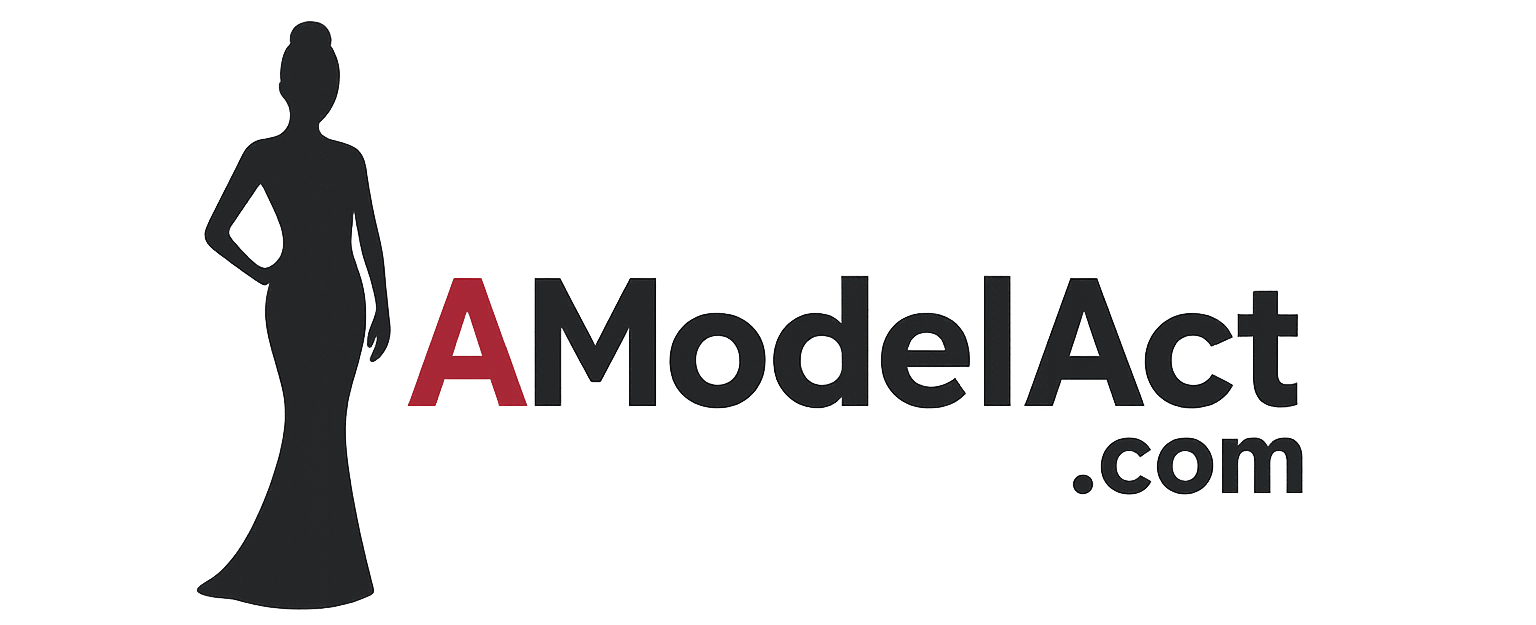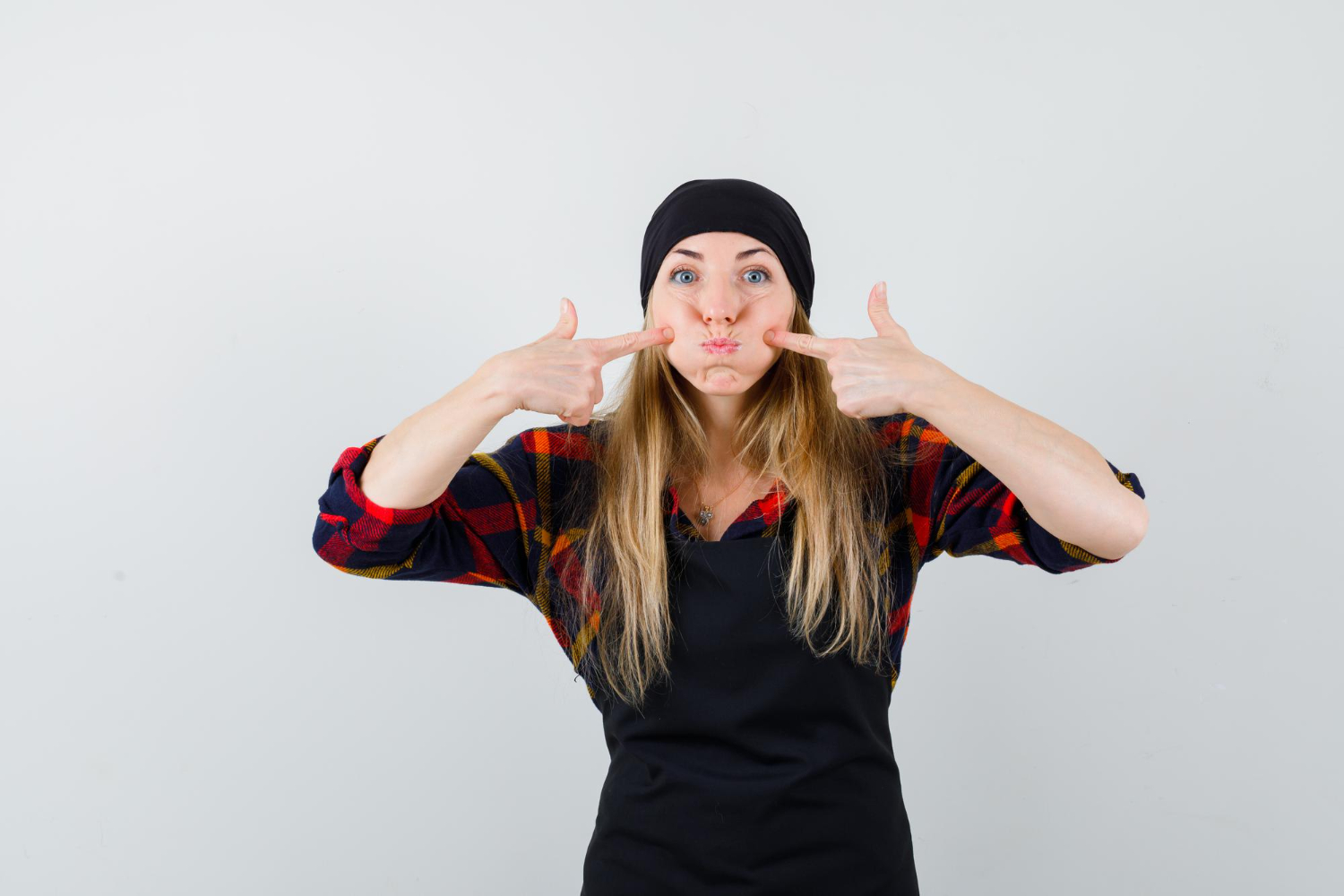Nailing a photo shoot requires more than good lighting and stylish clothes. What truly defines a great model is the ability to communicate emotion and energy through the face. When I step in front of the camera, I know that my expression has the power to make or break a shot. Facial expressions can tell a story, build a connection with the viewer, and give life to a static image.
In my own work, I’ve realized how important it is to practice and perfect a wide range of facial expressions. Being versatile and emotionally expressive helps photographers capture magic in a single frame. Let’s get into what makes the best facial expressions for photo shoots and how you can master them to elevate your modeling career.
Why Facial Expressions Matter in Modeling
Facial expressions are essential because they convey the emotion of the shoot. Whether it’s a high-fashion editorial, a lifestyle campaign, or beauty close-ups, your expression sets the tone. Clients are not just looking at your bone structure, they’re observing how you emote and bring their vision to life.
Your face is part of the storytelling. A relaxed jaw, parted lips, a raised brow, or intense eye contact, each element contributes to the final image. I’ve found that models who can move between subtle and dramatic expressions on cue are the ones who consistently get booked again.
Developing Emotional Range
If you want to master the best facial expressions for photo shoots, you need to train your emotional flexibility. Think of your face like a muscle, it needs repetition and awareness to work smoothly.
Start by practicing in the mirror. Try expressions like joy, curiosity, seduction, mystery, strength, calmness, and vulnerability. Then test how they look from different angles. Even a slight head tilt can change how your expression is interpreted.
I’ve spent hours experimenting with my expressions to understand how each micro-movement reads on camera. The goal is not to exaggerate but to be intentional. A soft gaze can be far more powerful than a wide smile when shot close up.
The Power of the Eyes
Eyes are the focal point in most images, especially in beauty photography. The way you use your eyes can project confidence, mystery, or tenderness. When I’m in front of the lens, I make sure my eyes are never empty, they always carry intention.
To get the best results, I imagine a thought or feeling rather than forcing an expression. Thinking about something that makes me feel strong or serene helps my eyes communicate that mood. This trick ensures my expressions remain authentic rather than stiff or posed.
I also play with eye direction. Looking slightly off-camera or downwards can create a sense of vulnerability. Looking directly into the lens is powerful and demands attention. Your gaze has to match the mood the photographer is trying to capture.
Expressions for Different Types of Shoots
Every shoot calls for a slightly different set of expressions. What works for a high-fashion editorial may not suit a commercial beauty campaign. Here’s how I adapt my facial performance based on the assignment:
Editorial Shoots
Editorials often have an abstract or artistic vibe. Here, less is more. I aim for a thoughtful or detached look with a slightly parted mouth, relaxed jaw, and intense eyes. I let emotion simmer beneath the surface, it’s more about feeling than showing.
Commercial/Lifestyle Shoots
These shoots require relatability. I bring warmth, softness, and approachability. A natural smile, relaxed cheeks, and twinkling eyes go a long way. These are the expressions that feel candid and real.
Beauty Shoots
In close-up beauty work, precision is everything. A tiny change in mouth tension or eye direction can completely shift the frame. I keep my face symmetrical, minimize squinting, and soften the forehead to let the makeup and product shine.
Fashion Campaigns
Fashion clients often want a confident and bold attitude. I channel that with sharp eyes, arched brows, and closed-mouth smirks. These looks give off control and elegance without appearing arrogant.
Practicing in Front of the Mirror
One of the best ways to prepare for a shoot is to study your face in the mirror. I’ve done this often, learning how to isolate different facial muscles and practice subtle transitions. Try this technique:
- Stand in front of a mirror with natural light.
- Experiment with a neutral expression first.
- Gradually add emotions: happiness, sadness, surprise, sultry, confident.
- Watch how your face moves, don’t force anything. Let the emotion lead.
- Use your phone to record yourself while shifting expressions.
This practice helps me become aware of habits I may not notice otherwise, like overly tight lips or scrunched brows, which can distract from the image.
Working With the Photographer
Modeling is a collaborative art. A good photographer will direct you, but you should also bring your own ideas and instincts. I try to listen closely to the mood they’re aiming for. If they want “soft and romantic,” I drop my energy slightly, relax my face, and let my eyes melt into the lens.
It’s important to trust the photographer. If they suggest adjustments, I take their cues seriously. At the same time, I’ve learned to self-direct when needed, offering slight variations of my expression every few frames. That way, they have a range of options to choose from.
What to Avoid During Photo Shoots
Facial expressions should feel effortless, not exaggerated. Here are some habits I’ve worked hard to avoid:
- Over-smiling: A huge grin can look unnatural unless it’s truly called for.
- Tense jaw: This can make the face look rigid and break the mood of the image.
- Blank stare: Your eyes should always be “alive” with a subtle emotion.
- Overused expressions: Relying on one look for every shoot can limit your versatility.
Instead of thinking about how your face looks, think about what you’re feeling. That shift makes expressions genuine and captivating.
Using Breath and Body to Support the Face
One technique that has helped me immensely is using breath to energize my face. A soft inhale can lift the cheeks and relax the shoulders. Breathing out slowly can help ease tension in the lips and brow.
I also use slight body movement to add emotion. A subtle tilt of the neck, raised shoulder, or twist of the torso can make an expression more dynamic. It’s not just about the face, your entire body contributes to the story.
Posing and Expression Go Hand-in-Hand
Great facial expressions are often tied to posture. If my body feels awkward or stiff, my face reflects that. So I always start with a grounded pose before dialing in the emotion.
The way I angle my head, shift my weight, or relax my hands helps me stay in the moment. When everything aligns, posture, breath, and emotion, the expression shines naturally. That’s when I feel most confident in front of the camera.
How to Prepare Before the Shoot
Preparation is key. On the day of a shoot, I make sure my face is well-rested, hydrated, and moisturized. Puffiness or fatigue can dull your expressions. A quick facial massage helps awaken my features and get my circulation going.
Mentally, I run through the types of expressions I might need. If I know the shoot theme in advance, I’ll rehearse moods that match the concept. I don’t memorize poses, I just get my face and mindset in tune so I can adapt fluidly on set.
Confidence Is the Final Ingredient
No matter what expression you’re working with, confidence makes it powerful. I’ve learned that even a neutral face can be striking if it carries presence. That means trusting your instincts and letting your personality shine through.
The best facial expressions for photo shoots come from within. When I stop thinking and start feeling, that’s when the magic happens. Clients and photographers notice it. They see the spark that makes you stand out.
Conclusion
Mastering the best facial expressions for photo shoots is a journey. It takes self-awareness, practice, and emotional openness. Whether you’re shooting editorial, beauty, or commercial work, the right expression can elevate your images from good to unforgettable.
I treat my face as a tool for storytelling. Every blink, smirk, and gaze is intentional. I work on my range, study the mirror, and listen to direction while bringing my own unique energy. If you commit to refining your facial expressions, you’ll not only create better photos, you’ll also leave a lasting impression on everyone you work with.

